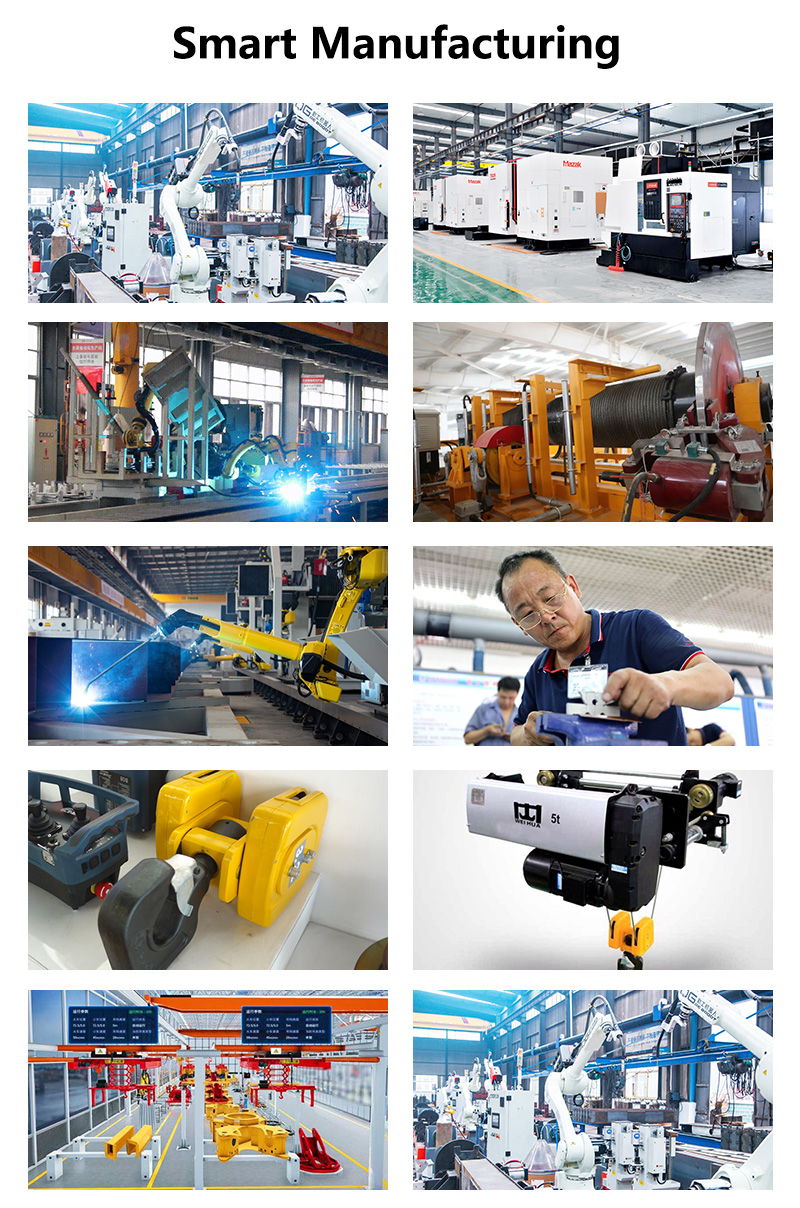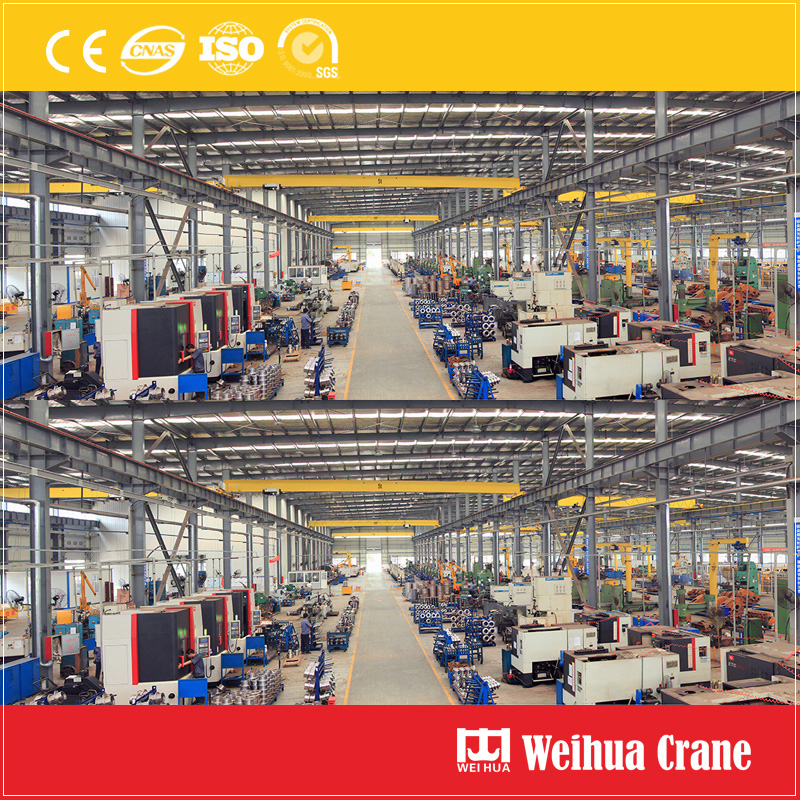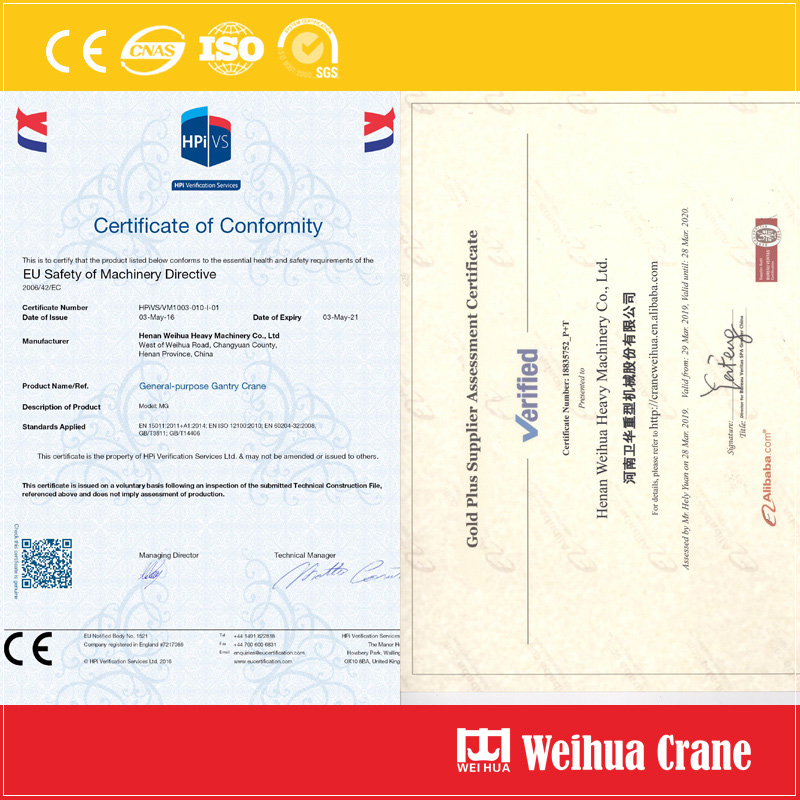Crane hook are generally forged from low carbon alloy steel or high carbon alloy steel. The specific choice of material depends on the tonnage of the lifted load and the requirements of the working environment. For large-tonnage heavy objects, forged hooks are usually used because they have a larger load-bearing capacity and a higher safety factor.
The process of making a forged crane hook involves placing a preheated steel billet into a forging machine and impacting or extruding it into the preliminary shape of the 起重機鉤. During the forging process, 溫度, force and speed need to be strictly controlled to ensure the strength and shape of the hook. 此外, in order to eliminate cold stress, thermal stress and welding stress, the hook must also undergo appropriate heat treatment, such as tempering, during the manufacturing process.

42CrMo alloy steel
Characteristics: high tensile strength (≥1000MPa), excellent toughness, hardness reaches HRC 45-50 淬火後 + 回火處理.
應用: Suitable for 5-ton to 50-ton standard hooks, widely used in construction, ports and other scenarios.
34CrNiMo6 alloy steel
特徵: Ultra-high strength (tensile strength up to 1200MPa), outstanding fatigue resistance, suitable for heavy-load impact conditions.
應用: Heavy-duty hooks above 20 噸, such as wind power equipment installation and heavy machinery handling.
美國鋼鐵協會 4140 (American Standard)
Characteristics: High hardenability, wear resistance, often used in harsh environments (such as high temperature or corrosive places).
應用: Mainstream materials in European and American markets, complying with ASME B30.10 standards.





我們重視您的反饋! 請填寫下面的表格,以便我們可以根據您的特定需求來量身定制服務.

最新評論